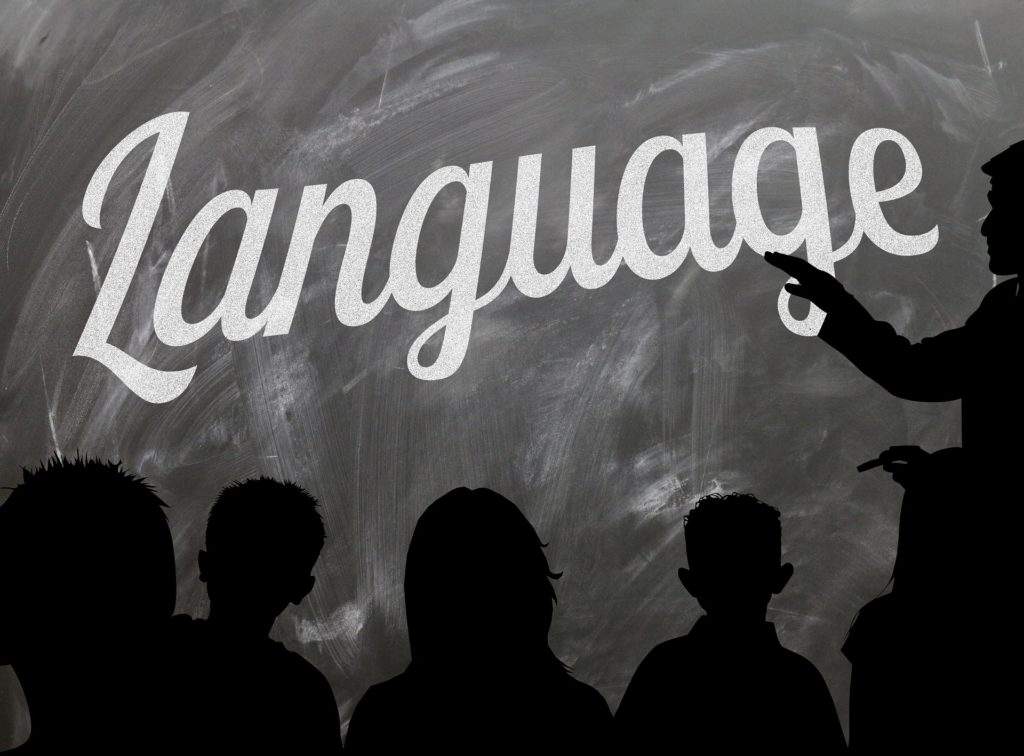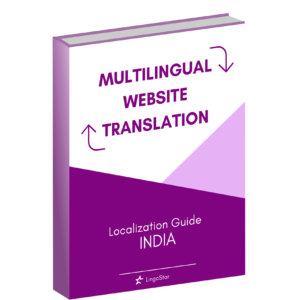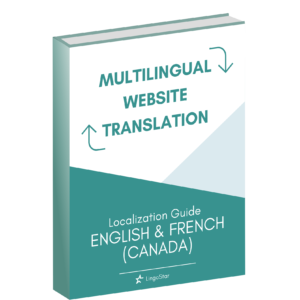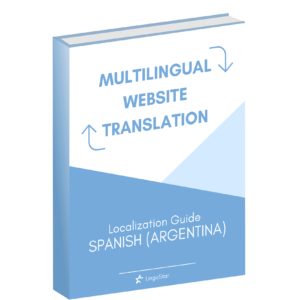Language teaching theories and methods
September has come and, in many countries, its arrival ushers in a new scholastic year. In schools, many students are involved in language learning. Indeed, they study one or more languages, other than their native one. Foreign language teaching refers to the teaching of a language that is not native.
Firstly, it is important to make a distinction between foreign language and second language, especially if we think about English language teaching. The terms English as Second Language (ESL) and English as Foreign Language (EFL) are not synonymous. Indeed, the difference between ESL and EFL lies in the environment in which it is taught. We refer to ESL when we learn English in a country where it is spoken. In this case, students can practice it outside of the scholastic context. EFL, instead, is taught in countries where it is not spoken outside of the scholastic context, with little chance of practising it. This is true also for the teaching of other languages.
However, as English is increasingly becoming an international language and is used as a lingua franca in countries that do not speak it, the distinction between ESL and EFL is so blurred that it is not always easy to differentiate them.
Language teaching methodologies
Over the years, different theories of language teaching have emerged, resulting in different language teaching methodologies. We can think of the innatist theory, according to which children have an innate ability to discover language rules. This would explain why we are able to learn complex grammar rules.
If we shift to the behaviourist theory, instead, we discover how external factors are responsible for language acquisition. Consequently, schools implemented different teaching methods. The audio-lingual and grammar-translation methods were among the first ones. The audio-lingual method consisted in listening to and repeating words or sentences. In the grammar-translation method, teachers explained grammar rules, and then students had to apply them by translating sentences containing that rule. However, these methodologies focused more on the teaching process than on the learning one and students had no opportunity to practise.
Over the past few years, the learning process has shifted from a teacher-centred method to a learner-centred one. Students are no longer mere notion holders. They are the protagonists in the acquisition of a language and they need to be involved in the learning process. It is for this reason that new methodologies have emerged. Among these, the communicative learning approach or the direct method, whose aim is to encourage students to speak more in the language they are learning.
Monolingual and bilingual contexts
When it comes to language teaching, it is important to consider the monolingual or bilingual context. With the advent of the direct method, the idea emerged that teachers and students should only use the language they are learning in the foreign language classroom. In this way, they banished the use of the L1.
There are some contexts in which we cannot avoid this situation, due to various factors. One of these is when the teacher does not share the same L1 as the students. Another could be when the teacher deals with a class of students with different L1s for example. Nevertheless, when teachers and students share the same L1, we are in a bilingual context where the use of L1 can have its advantages.
L1 usefulness in language teaching
Firstly, even if a teacher demands to speak only in the foreign language, as soon as there is a distraction, students communicate with each other in their L1. Moreover, especially in a low-level class, giving instructions to students in their L1 can be far more useful than giving them in a foreign language. They could misunderstand what they have to do and consequently feel stressed and uncomfortable about the task.
Another reason why the use of the L1 should not be banned is to make comparisons between the two languages. Bilingual students will always translate what they are learning into their heads. This is a natural process for any language learner. This means that tasks about translation from their L1 into the foreign language and vice versa are extremely important to ensure they understand the differences in the language uses.
The role of translation in language teaching and learning
In the grammar-translation method, translation was the only tool used to let students learn a language, thus leaving little if any room for practising.
However, times have changed, and translation has proved to be a powerful tool in a language teaching classroom.
Firstly, we should clarify that the process of translation in language teaching has little to do with professional translation. Indeed, in this last case, the aim of translation is to obtain a high-quality product in another language. In a language teaching classroom, instead, translation has didactic aims, used to help students in learning a language, as opposed to producing a high-quality result in translation.
The use of translation within language classes became more popular with the lexical approach. Here, students learn a language through inputs, made up of lexical units. In this case, grammar was of little importance. The purpose of learning a language was communication, achieved through the learning of the lexical chunks.
Using translation at different levels
Translation is a resource that can introduce huge benefits in the process of language acquisition. However, we need to consider that teaching children is different from teaching adults. Indeed, some theorists state that children should acquire a foreign language in the same way they acquire their L1, thus claiming that translation is not useful as it is not a natural process. But if we think about adult learners, who have a good knowledge of their L1 and more awareness of the process of language learning, translation can be a useful tool.
Teachers can use translation in classes of different levels. In the ones where the level is lower, they can use it to explain grammar and give instructions; in higher-level classes, teachers use translation to reflect upon semantic and syntactic issues; for advanced learners, instead, translation could even enhance their interest by using it to deal with cultural issues.
Of course, translation is a powerful tool if teachers handle it carefully!
Learn more about language teaching and translation!
Has this article piqued your interest in translation? At LingoStar, we have an ebook series on website translation. Feel free to check it out.
Moreover, we provide many services in any language you may need, including translations and voice-overs. Don’t hesitate to contact us if you need any information about our services. Feel free to request a free quote on our website or email us at info@lingostar.com. We’ll be happy to help!
Finally, don’t forget to subscribe to our newsletter for more news and information from the language and translation industry!



















